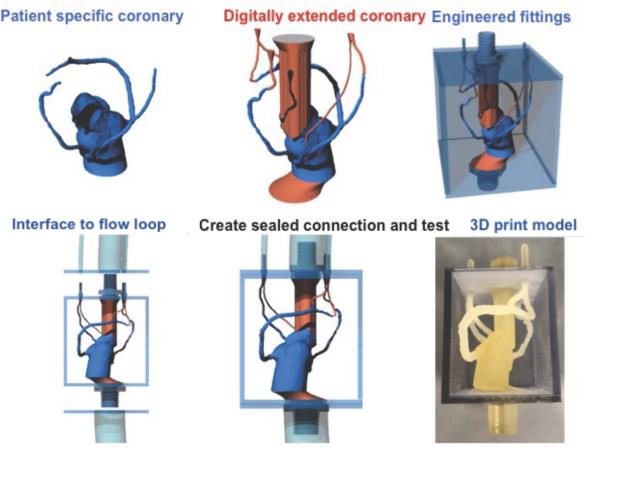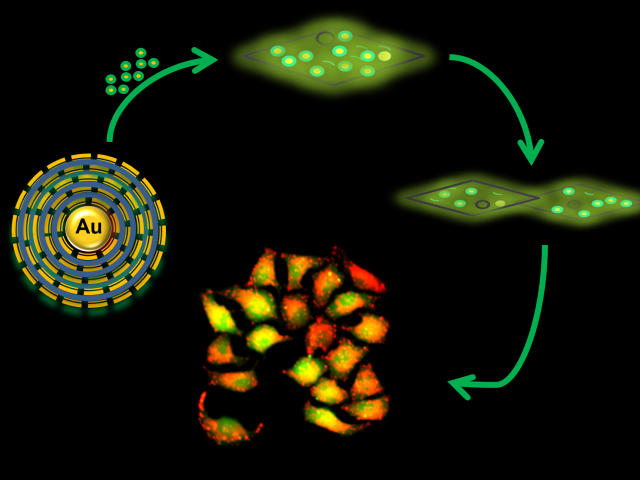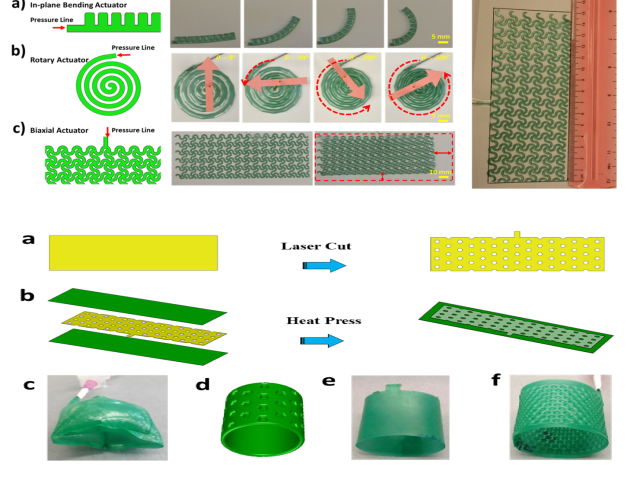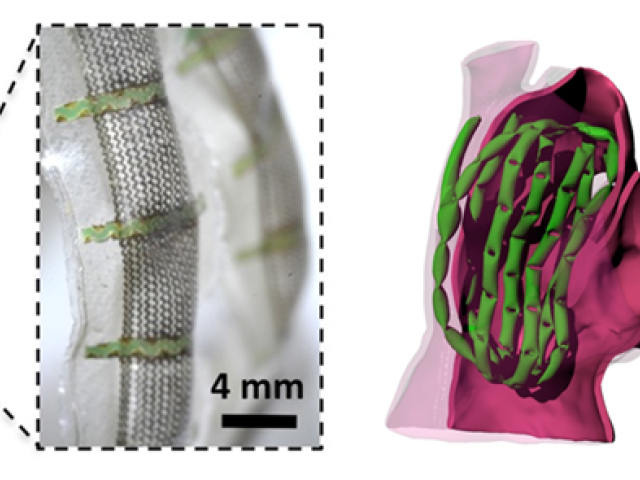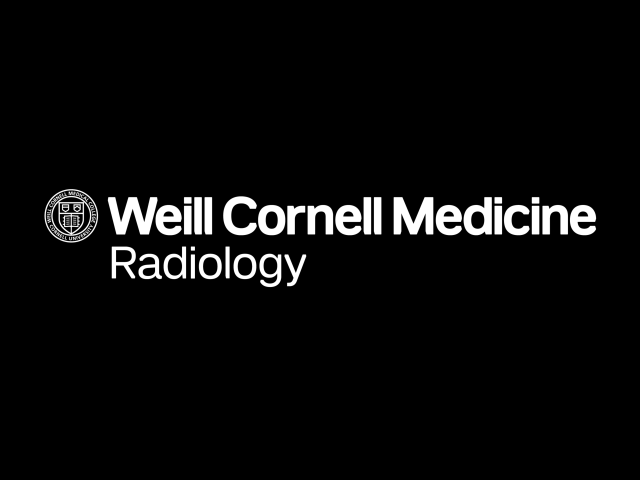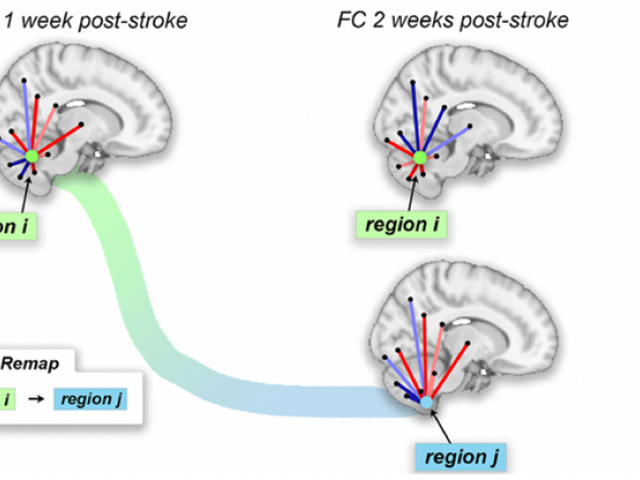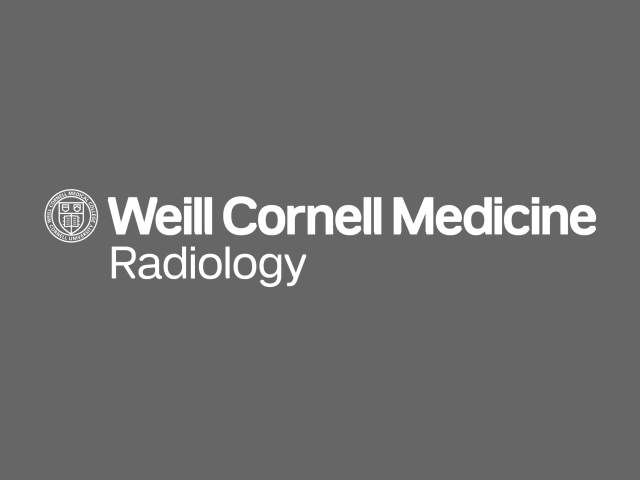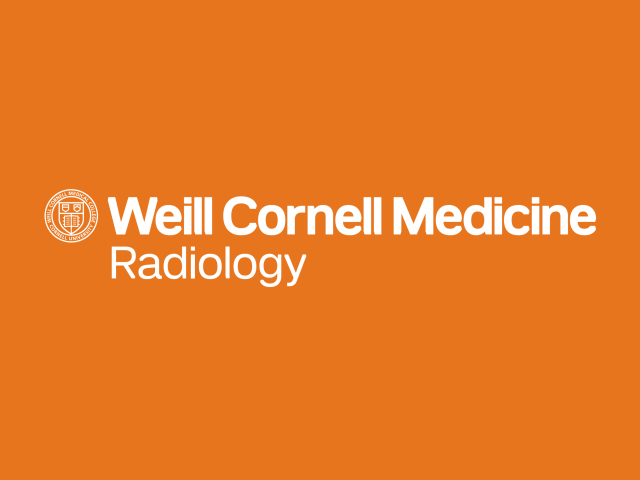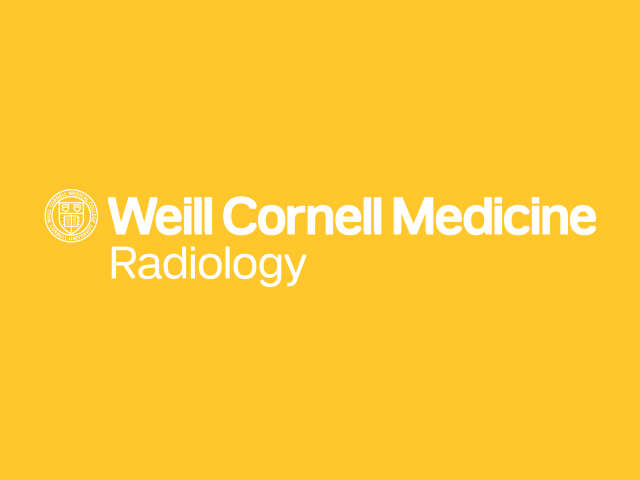Vastly accelerated dynamic spiral MR liver imaging
Award or Grant: R21 DK090690-01A1, National Institutes of Health (NIH) Liver fibrosis and its most advanced stage, cirrhosis, are consequences of chronic and acute hepatic disease. Fibrosis leads to a loss of liver function, and both regional and global perfusion changes. Currently, the gold standard for assessing fibrosis is liver biopsy, which is an invasive technique. The long-term goal is to...
Patient-specific coronary 3D printing for evaluation of coronary ischemia
Coronary Ischemia, when to intervene? Coronary Artery Disease impacts more than 18 million worldwide and was responsible for ~350,000 deaths in 2019. In the case of coronary ischemia, where coronary stenosis results in reduced blood flow to the myocardium, one challenge is determining when disease is severe enough to warrant intervention (e.g., stent, bypass, angioplasty). Today, the gold...
Multifunctional delivery platform to maximize nucleic acid combination therapy
The Tung lab has pioneered a layer-by-layer fabrication technology for nucleic acid-containing therapeutics, including small interfering RNAs (siRNAs), micro RNAs (miRNAs), peptides, and their combinations. The prepared nanovectors effectively deliver multiple active components, thereby boosting therapeutic efficacy with minimal off‐target effects. The lab has demonstrated the nanovectors'...
Soft robotic cardiac stents, valves and pumps
Heart disease is the top U.S. cause of mortality, with 600,000 deaths annually. Its high prevalence is responsible for 1/6 of health care costs, which in 2010 were some $444 billion. Implantation of cardiac devices (pacemakers, heart valves, grafts, pumps) is the primary method of treatment for many cardiac diseases (coronary heart disease, atrial fibrillation, heart failure) due to the...
Prototype development and validation of soft robotic sensor arrays for mapping cardiac arrhythmia
Award or Grant: National Heart Lung and Blood Institute (NHLBI), 1 R61 HL156153-01 (2021-2023)Prior Associated Grant: Non-occluding Zero-Thickness Inflatable Sensor Arrays for Conformable Mapping and AblationThis project aims to develop and test a highly novel multi-electrode balloon catheter for acquiring whole chamber cardiac electrograms for atrial fibrillation (AF) with unprecedented fidelity...
Brain-enriched microRNAs detectable in plasma as biomarkers of Alzheimer's disease
Awards or Grants: 2R44AG044860-04, National Institutes of Health (NIH) (03/01/17-02/28/23)The main objective of this collaborative project is to assess the microRNA-based assay performance for the detection of mild cognitive impairment, Alzheimer's disease (AD), pre-symptomatic AD (cognitively normal, amyloid-positive) and control (cognitively normal, amyloid-negative) using...
A novel metric of the evolution of the connectome in post-stroke recovery
Motor recovery post-ischemic stroke relies on surviving brain networks' ability to compensate for damaged tissue. In rodent models, sensory and motor cortical representations remap onto intact tissue around lesion sites, but remapping to distal sites is seen. Resting-state functional connectivity (FC) analysis can unveil compensatory network adaptations in humans, but mechanisms/time course of...
MRI progression markers of cognitive decline in the elderly
Awards or Grants: AG012101, National Institutes of Health/National Institute of Aging (NIH/NIA), 09/15/10-05/31/18Testing cerebral blood flow using arterial spin labeling (ASL)-magnetic resonance imaging (MRI) with inhaled carbon dioxide (CO2) as a predictor of cerebrospinal fluid (CSF) amyloid beta and cognitive decline in mild cognitive impairment (MCI).
Biomarkers in early Alzheimer’s disease
Awards or Grants: AG022374, National Institutes of Health/National Institute of Aging (09/30/10-05/31/18)The combined use of magnetic resonance imaging (MRI) hippocampal atrophy and cerebrospinal fluid (CSF) tau in the early and specific diagnosis of Alzheimer’s disease.
Clinical correlates of longitudinal PET changes in AD
Awards or Grants: R01 AG013616, National Institutes of Health/National Institute of Aging (NIH/NIA) (09/01/91-03/31/17)This project, renewed multiple times, followed an aging cohort with blood and cerebrospinal fluid (CSF) sampling and 18F-fluorodeoxyglucose (FDG) and 11C-Pittburgh compound B (PiB) positron emission tomography (PET) and magnetic resonance imaging (MRI).




